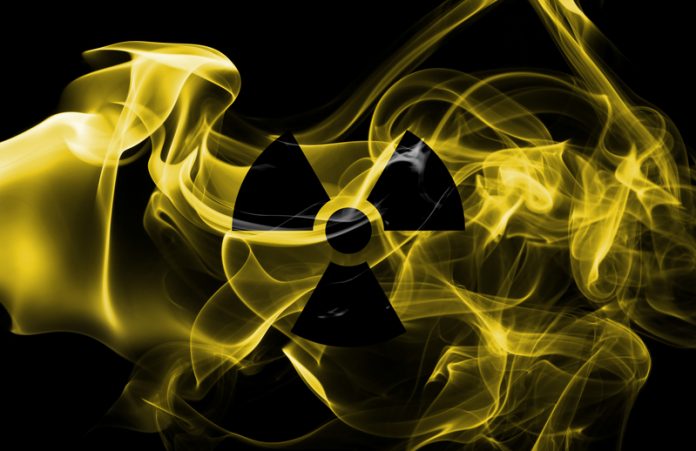Matteo Barbarino, Sehila M. Gonzalez de Vicente and Danas Ridikas from the International Atomic Energy Agency (IAEA) comment on nuclear fusion R&D
Taking advantage of Aston’s experiments and Einstein’s theory (E=mc2), Eddington first recognised the potential of nuclear fusion as an energy source. In his Presidential Address to the British Association at Cardiff in 1920(1), he inferred: “A star is drawing on some vast reservoir of energy by means unknown to us. We sometimes dream that man will one day learn how to release it and use it for his service. The store is well-nigh inexhaustible, if only it could be tapped.”
The race for fusion power had begun. By the mid-1930s, fusion was demonstrated in the lab(2), and by the mid-1950s experimental fusion reactors were operating in the former Soviet Union, the U.S., Europe, and Japan.
In 1958, at the Second United Nations Conference on the Peaceful Uses of Atomic Energy, the results of controlled nuclear fusion research were first disclosed to the world at large(3), and fusion energy became the dream of a virtually inexhaustible, safe, environmentally-friendly and universally-available energy source, capable of meeting global energy demands. But soon, it became evident that a better understanding of fundamental phenomena was needed before the goal of energy extraction from nuclear fusion could be reached; and the fact that such research is very complex and costly, enhanced the need for international cooperation, exchange of information and experience among all stakeholders engaged in this field of nuclear science and technology.
In this spirit, a combination of significant technical progress and successful international collaboration in magnetic fusion research resulted, in 1988, in commitments to cooperate, under the auspices of the International Atomic Energy Agency (IAEA), in the conceptual design and supporting R&D for an International Thermonuclear Experimental Reactor (ITER).
During the last 30 years, international R&D activities in the field of fusion have made tremendous progress and have led to a new stage, characterised by the transition from studying high temperature plasma physics infusion devices, which provides plasma parameters below breakeven condition (i.e. Q<1, where Q is the ratio between the fusion power and the power injected in the plasma to drive the burn) and rather limited neutron production, to the design and manufacturing of technologies, (such as superconducting magnets, vacuum vessel and in-vessel components, cryostats, heating and diagnostics, and remote handling and maintenance systems) essential for a fusion reactor like ITER(4), intended for steady-state operation (i.e. Q>5) and capable of generating sufficient neutron fluxes comparable or even more intense than in existing nuclear power plants.
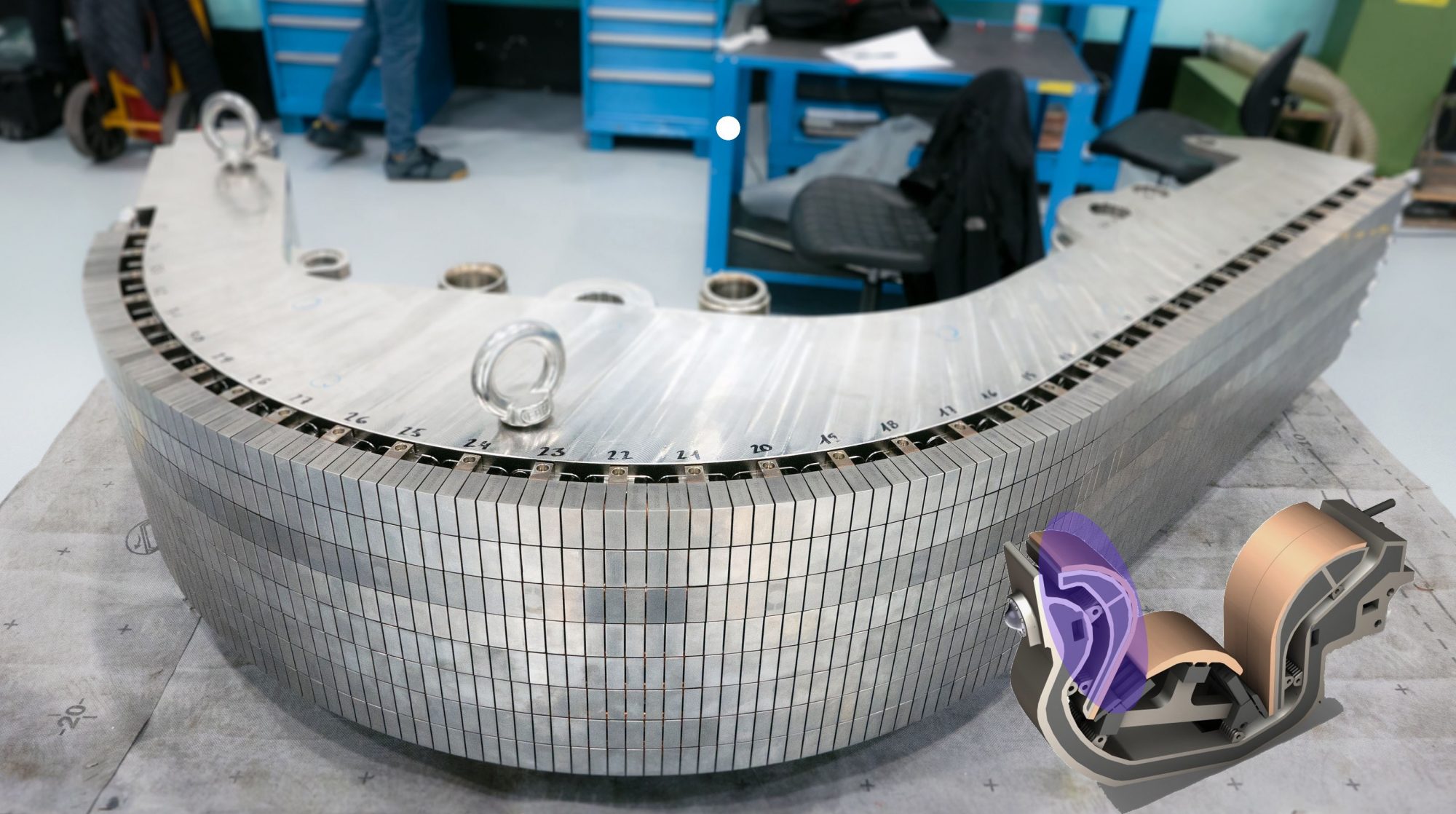
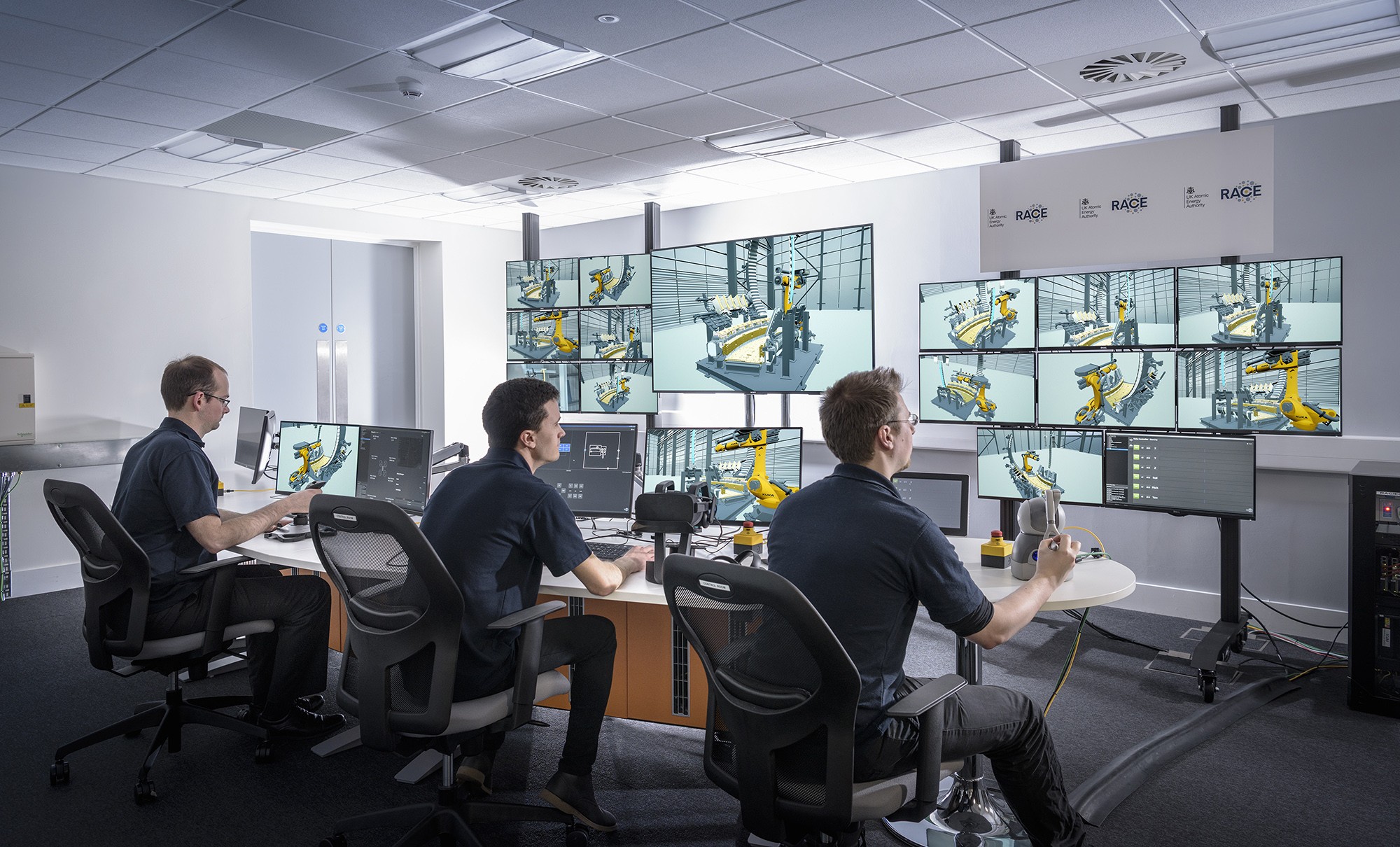
Today, both governmental and private organisations(5) are actively involved in the process of prototyping and eventual commercialisation of nuclear fusion energy. R&D priorities are moving towards nuclear technology for fusion energy and industrial applications, including components design, manufacturing and testing, as well as diverse neutron applications(6). One of the clear measures of this transition is the substantial growth (+700%) of research papers presented at the Fusion Energy Conference in the field of fusion technology since the beginning of the ITER Conceptual Design Activities in 1988, which is only partially a reflection of the increasing (+300%) overall number of papers presented at the conference during the last three decades (7).
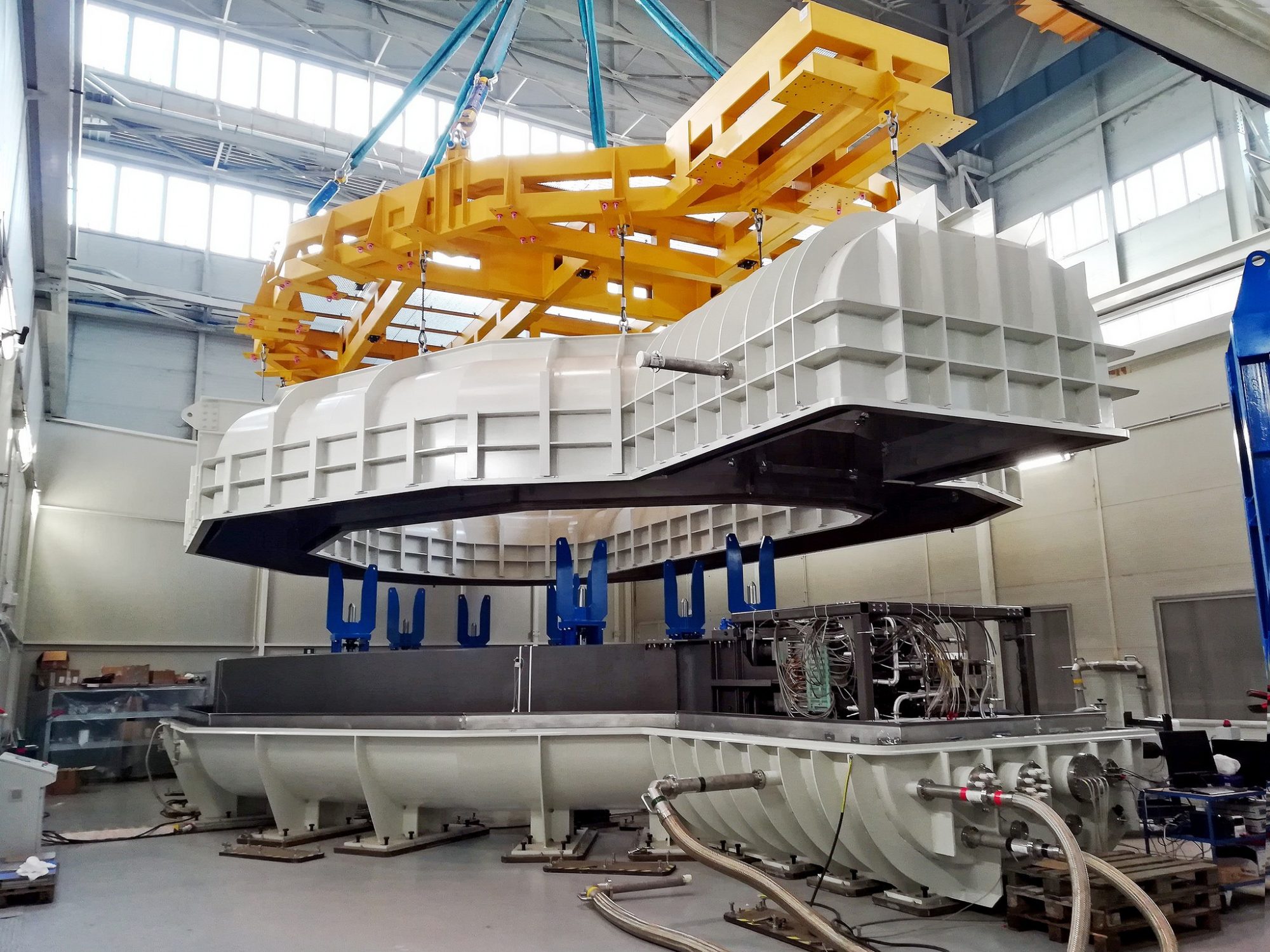
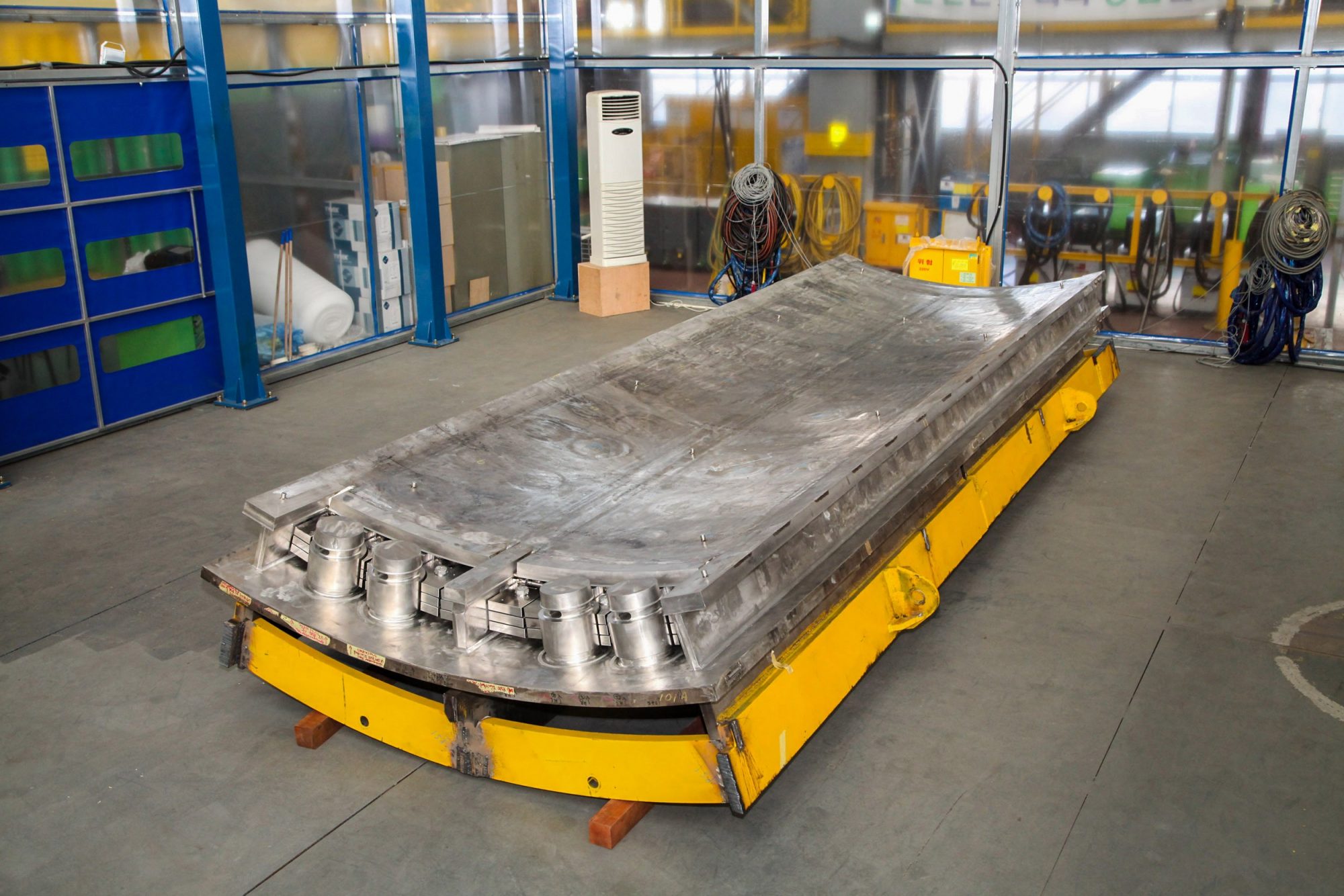
ITER and the next step fusion devices (e.g. JT-60SA under construction in Japan, CFTER in China and K-DEMO in South Korea in the design stages) present significant advances, which are seeing nuclear fusion entering the 2.0 Era, that will provide the databases in science and technology necessary for the design and construction of a demonstration fusion power plant (DEMO).
Meanwhile, individual countries are already exploring designs for such a DEMO reactor(8) that would build on the experience from ITER, and from the other ongoing international collaborations or domestic baseline programmes, to show that controlled nuclear fusion can generate net electrical power, tritium fuel self-sufficiency, reliable, safe and secure operating regimes, and mark the final step before the construction of a commercial fusion power plant.
The IAEA has played a key role for ITER’s creation and its endeavours, and continues to cooperate with the ITER Organization based on the IAEA-ITER Cooperation Agreement, playing an important bridging function between the 35 ITER members and the other IAEA Member States through its periodic series of fusion energy conferences, workshops and technical meetings, coordinated research projects, and publishing the leading scientific journal in the field, Nuclear Fusion. The IAEA also acts as a central hub among its Member States developing programme plans and initiating new R&D activities leading to various concepts of a DEMO through the (DEMO) Programme Workshop(8).
With the progress and experience of ITER under construction, attention is being paid to important areas, such as nuclear engineering, safety and radiological protection, as well as security, and the IAEA is taking steps to support these efforts (9).
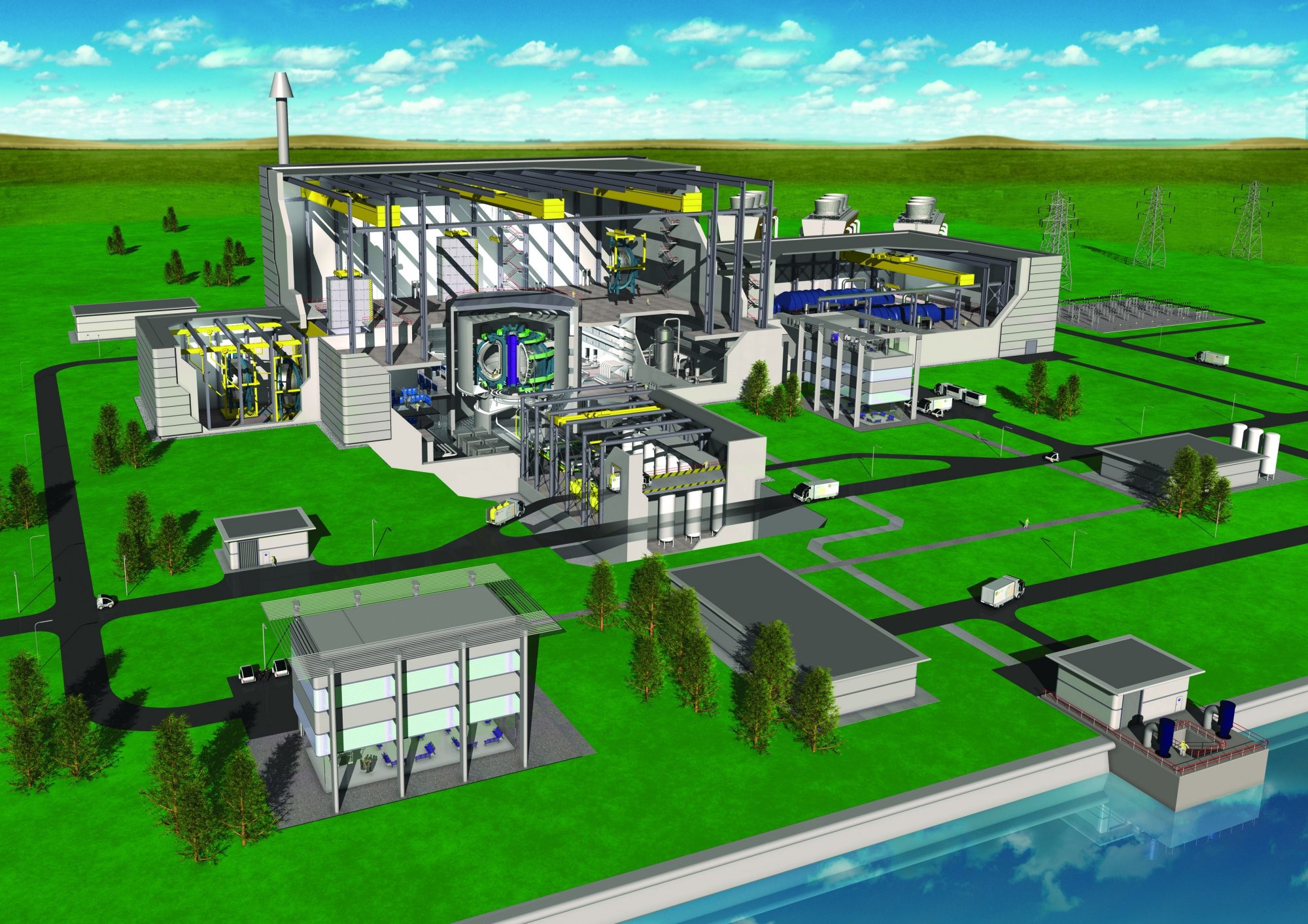
Big strides in understanding fusion energy science have been made. But more efforts with increased global collaboration and coordinated research are required to make nuclear fusion energy production a reality. The IAEA continues to be at the forefront of these international efforts, and there is sufficient evidence to expect further developments of domestic and international activities in the nuclear fusion field in the coming years.
References
1 Eddington, A.S., The Internal Constitution of the Stars, The Scientific Monthly, Vol. 11, No. 4 (Oct., 1920), pp. 297-303, 297-303, https://www.jstor.org/stable/6491?seq=1#metadata_info_tab_contents
2 Oliphant, M.L.E., Harteck, P. and Rutherford, L., Transmutation effects observed with heavy hydrogen Proc. R. Soc. A 144 (1934) 692, http://rspa.royalsocietypublishing.org/content/144/853/692
3 Proceedings of the Second United Nations International Conference on the Peaceful Uses of Atomic Energy, Geneva 1958, Volume 32, Controlled Fusion Devices, http://www-naweb.iaea.org/napc/physics/2ndgenconf/data/Proceedings%201958/NG900089.pdf
4 Fusion energy: Global procurement to build a star on earth, https://www.openaccessgovernment.org/fusion-energy/52659/
5 Billionaires Chase ‘SpaceX Moment’ for the Holy Grail of Energy https://www.bloomberg.com/news/articles/2018-10-30/nuclear-fusion-financed-by-billionaires-bill-gates-jeff-bezos
6 INTERNATIONAL ATOMIC ENERGY AGENCY, Applications of Research Reactors, IAEA Nuclear Energy Series No. NP-T-5.3, IAEA, Vienna (2014), https://www-pub.iaea.org/MTCD/Publications/PDF/Pub1627_web.pdf
7 INTERNATIONAL ATOMIC ENERGY AGENCY, Fusion Energy Conferences: The Entire Collection, Information Booklet, IAEA, Vienna (2018) 50, https://nucleus.iaea.org/sites/fusionportal/SiteAssets/18-04876E_BRO_FEC_WEB_net.pdf
8 Charting the International Roadmap to a Demonstration Fusion Power Plant, https://www.iaea.org/newscenter/news/charting-the-international-roadmap-to-a-demonstration-fusion-power-plant
9 INTERNATIONAL ATOMIC ENERGY AGENCY, Integrated Approach to Safety Classification of Mechanical Components for Fusion Applications, IAEA-TECDOC-1851, IAEA, Vienna (2018), https://www-pub.iaea.org/MTCD/Publications/PDF/TE1851web.pdf
Matteo Barbarino
Sehila M. Gonzalez de Vicente
Danas Ridikas
International Atomic Energy Agency (IAEA)
Tel: (+43 1) 2600 21755

